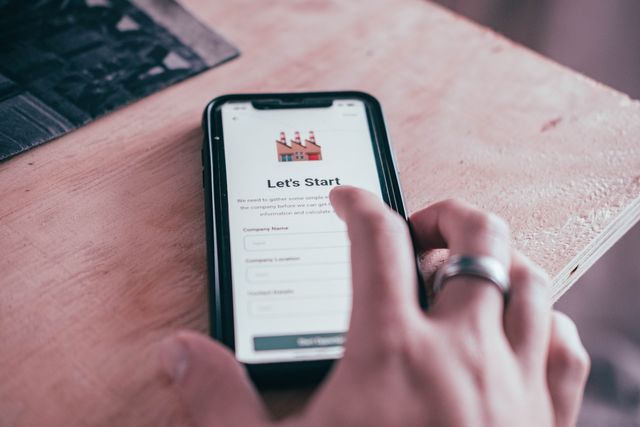
A good onboarding process can make or break an employee’s first few months on a mine site. Here’s how to get it right.
A good onboarding process can make or break an employee’s first few months on a mine site.
Get your onboarding and induction processes right and your new employee will quickly and seamlessly integrate into their new role. Get it wrong and not only are you back to square one, on the hunt for a new candidate to fill the position, you’ve wasted time and money getting there.
Successful onboarding is important enough in any market with a small talent pool, like the Australia mining industry is right now. But it’s critical in situations where the role the person fills is key to the long-term success of the team, the operation, and the organisation.
So why is it then, that after all the advertising, interviews, reference checks, site visits and medicals are done, some companies overlook the importance of onboarding and inductions?
What does a good onboarding and induction process look like?
The feedback we receive from candidates indicates it’s not so much the big things that influence their decisions about whether to stick at a job. It’s the smaller things—the kinds of things that are often overlooked but heavily impact a person’s first few weeks onsite.
One of the best onboarding processes we’ve ever seen involved the successful candidate receiving a 30-page booklet in the welcome email. It was outstanding and contained a full overview of what the employee could expect from their first two weeks onsite.
Here’s some of what it contained:
- Information about their flight to site
- Information about the aviation company, parking at the airport, checking in and luggage allowances
- The name of the person who would meet them onsite when they arrived
- A checklist of what to bring to site
- An overview of the site and the facilities at the camp
- A basic timetable of their first week onsite, including inductions, training and scheduled meet and greets with key personnel across site.
Sounds amazing, right? Do you want to know what happened to that candidate?
After a month, we called them to see how everything was going. The feedback was mostly about the people he was working with, the company and how quickly he felt part of the team.
He stayed in that role for six years.
How to improve any mine site onboarding process
While the sort of attention to detail outlined above is not always possible, having a structured onboarding process—with responsibility shared amongst the team, so no single person is responsible for all aspects—can go a long way to ensuring any new starter settles in and feels like they are contributing. It also reduces the risk the recruitment process will soon need to be repeated.
Key parts of an onboarding process could include:
Planning
Plan so the new starter has a good understanding of what their first roster will involve. You only get one chance to create a good first impression.
Operational
Ensure the new starter has the materials, knowledge and training needed to perform their role. If the new starter will have an office, have it ready for them. Ensure emails, login, mobile phones, personal laptops and access to networks are ready. Some companies also have all the required PPE ready.
Social
Have someone meet the new starter at the airport. Make sure they are introduced to team members, colleagues and other departments to help them feel a part of the organisation. This can extend to a contact person, or a ‘buddy’, to show them everything in the camp or town, right through to showing them where the bus leaves the village each morning.
Safety
This can include both general and area-specific inductions, PPE, specific training they may receive, and emergency procedures.
Organisational
This can include structure, culture, expectations, policies, KPIs and performance expectations.
Review
Have a review process in place and sit down at the end of the first day, and the end of the first roster, and go through a checklist to make sure everything has been covered. Be open to feedback and be flexible in changing the onboarding schedule, as some people will come up to speed quicker than others.
MPI has almost 30 years’ specialist experience helping mining companies with their HR services. Find out more about our HR consulting services here or get in touch today.